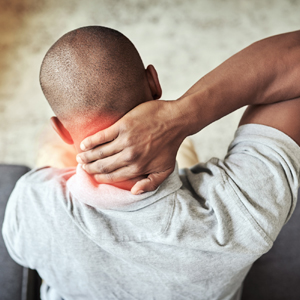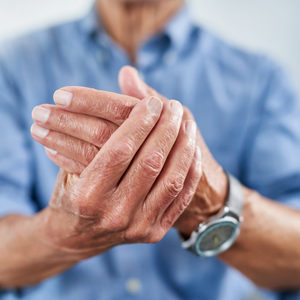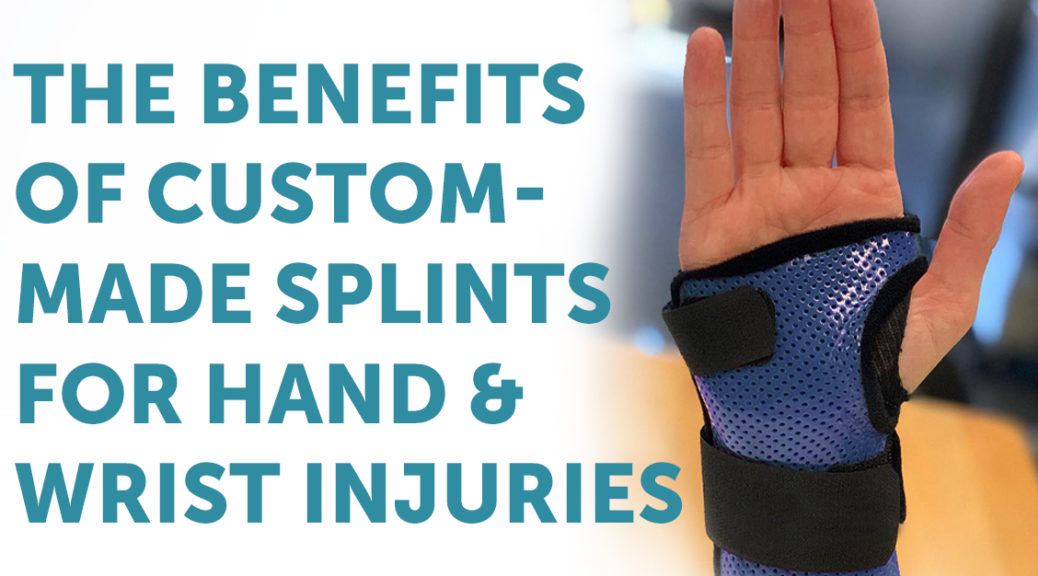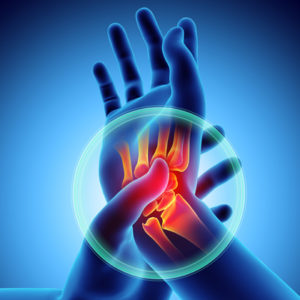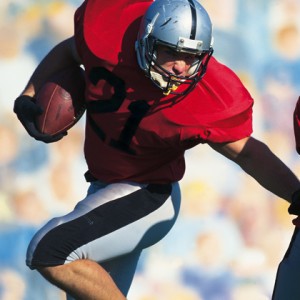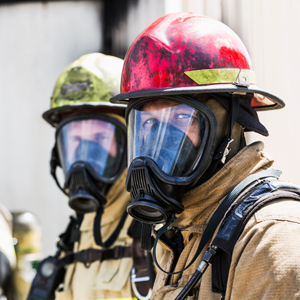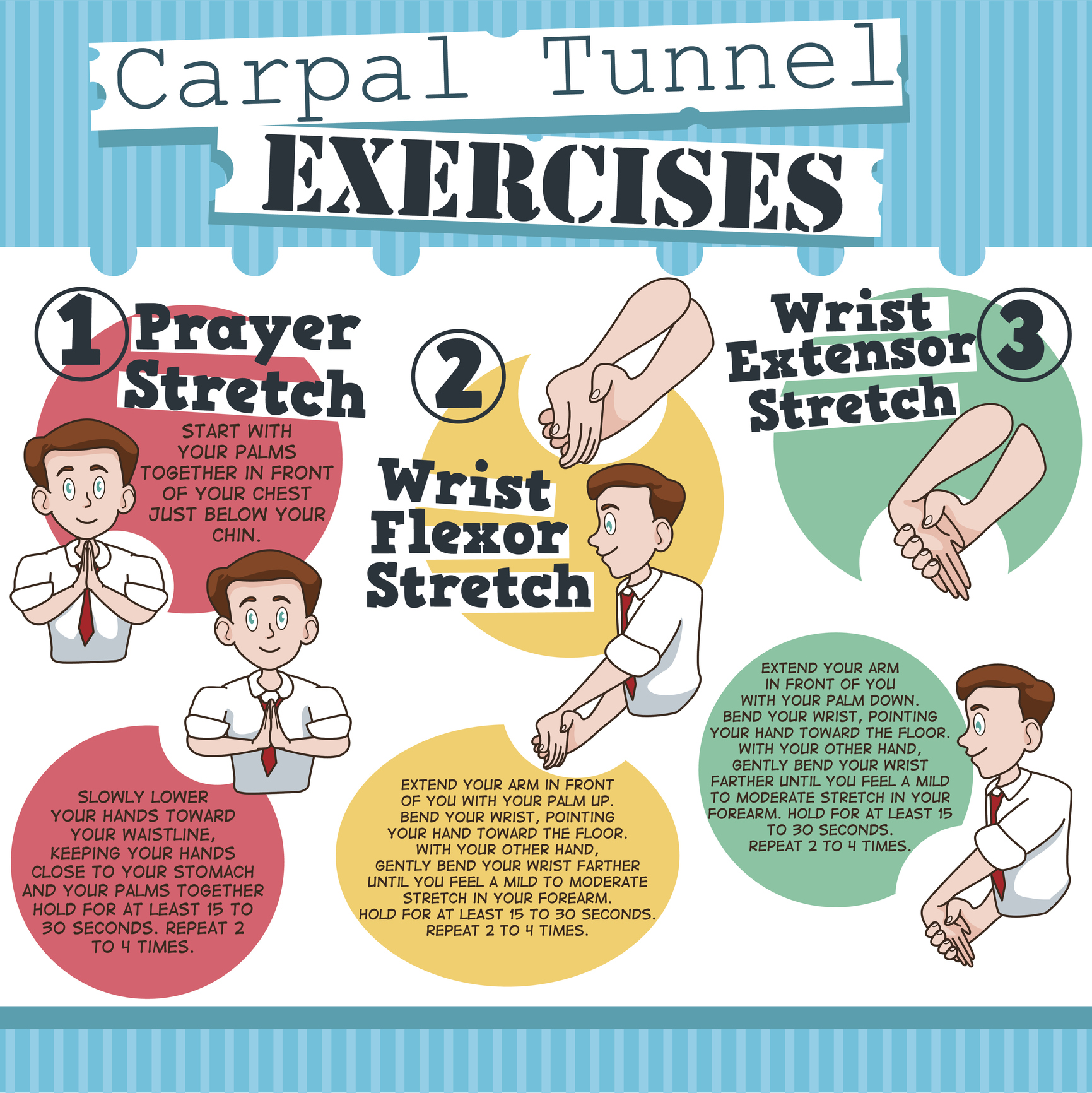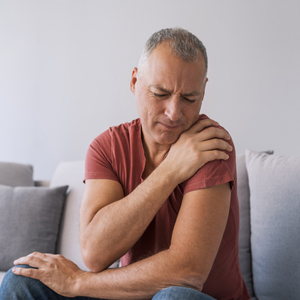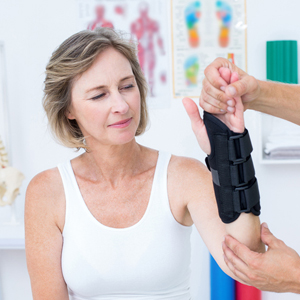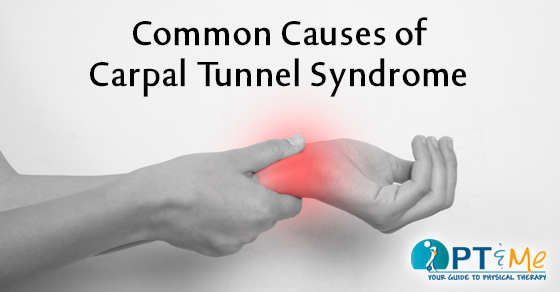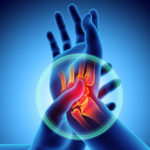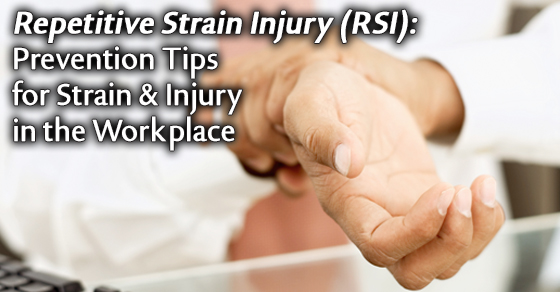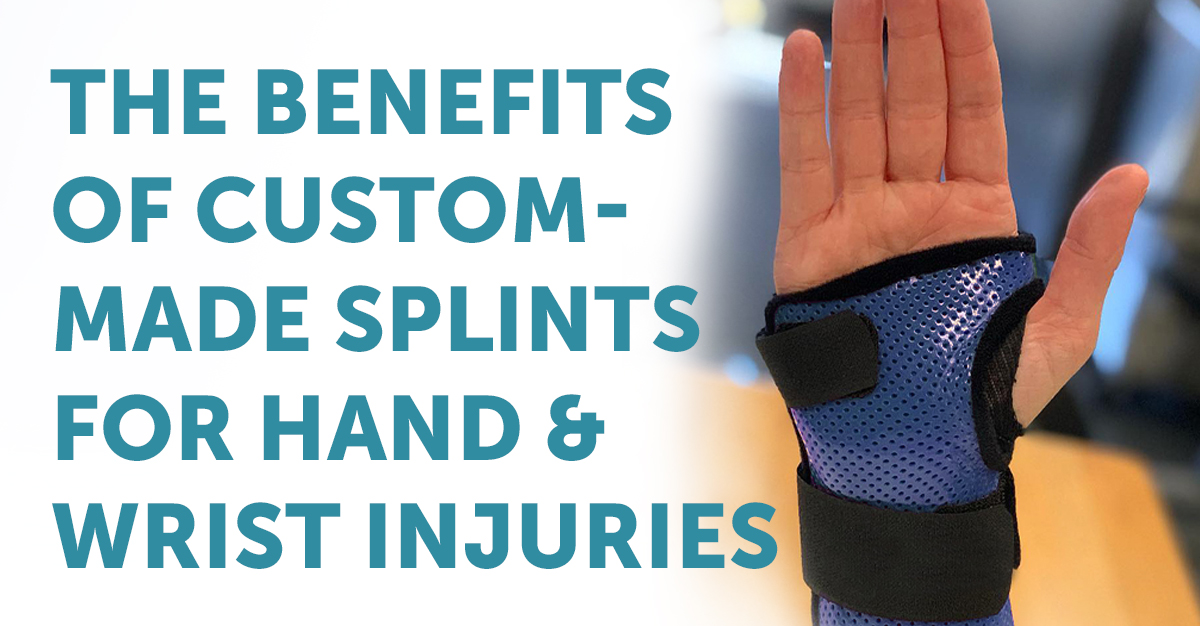
The Benefits of Custom-Made Splints for Hand and Wrist Injuries
Hand and wrist injuries can be surprisingly debilitating if it prevents you from doing your job or daily necessary tasks. Hand and wrist injuries have a very broad range, from mild muscle strains to more devastating injuries such as fractures or deep lacerations. Pain and discomfort can push patients to quickly decide the best way to quickly relieve pain. When this is the case, buying an over-the-counter splint at a local store may sound enticing, but did you know that you can have a custom-made splint built specifically to suit your needs?
We asked one of our colleagues at Desert Hand Physical Therapy, Brittney Moya OTR/L CHT, about the benefits of having a custom-made splint for a hand or wrist injury.
Q: What types of conditions or injuries benefit from having a custom-made splint?
Any injuries that involve the elbow or wrist, such as carpal tunnel, cubital tunnel,(typically post-operative they don’t need them because they want them moving for nerve compression) elbow fractures, hand fractures, metacarpal fractures, P1-P2-P3, any and all tendon & artery repairs need one, nerve repairs also need one. There is also specific positioning [that] has to be adjusted over time to manage the protocol directly.
What are P1, P2, and P3?
P1 is the proximal phalange(lower third of a finger), P2 is the middle, and P3 is the distal phalange(the end of the finger).
Q: What makes custom-made splints better than the standard splints that are sold in convenience and big box stores?
Most importantly, they’re individualized. We like to say that over-the-counter splints are really one-size-fits-none! -there’s a small, medium, and large.
The custom splint will [be] individualized for the left or the right hand, where it fits that person specifically and it won’t fit one person to the next. They’re also individualized in care based on protocol and what that patient needs; so, if we’re making one for a CMC(carpometacarpal) joint, for example, some people have very mobile CMC, where we can put in the right position, some people we really have to work our way out into that more functional position- so they can be individualized in that way also.
They are carefully constructed to fit said protocol and/or person so we take a lot of effort to pad bony prominences, protect vulnerable tissue, and manage incisions and wounds, whereas the OTC would be just what it is, the metal is where it is, slight moveable but not really.
Also, they are more effective. There is research to indicate that because they’re fit for that person they’re made and molded specifically for them and they’re monitored. That’s a big thing, we monitor and modify our splints, absolutely throughout treatments, make little changes, and things like that.
Q: What type/(s) of material/(s) is the splint made out of that makes it comfortable to wear?
It is a thermoplastic material and as we’re molding it, it fits that person specifically so that’s what makes it comfortable. So if their wrist is of a specific girth, it fits exactly into that place and that position. We [can also create] “bubble-out areas” because it’s a plastic material, so we can lay down any foam on, for example on an ulnar stylite.
We usually put something on there and lay the splint over top and then remove that pad so that there’s a bubble and that splint material is never physically touching those bony prominences -that’s the other part that makes it comfortable. All splint material is [made of] thermoplastic, some of it has more/less elastic, it just depends on the provider and what they like to use.
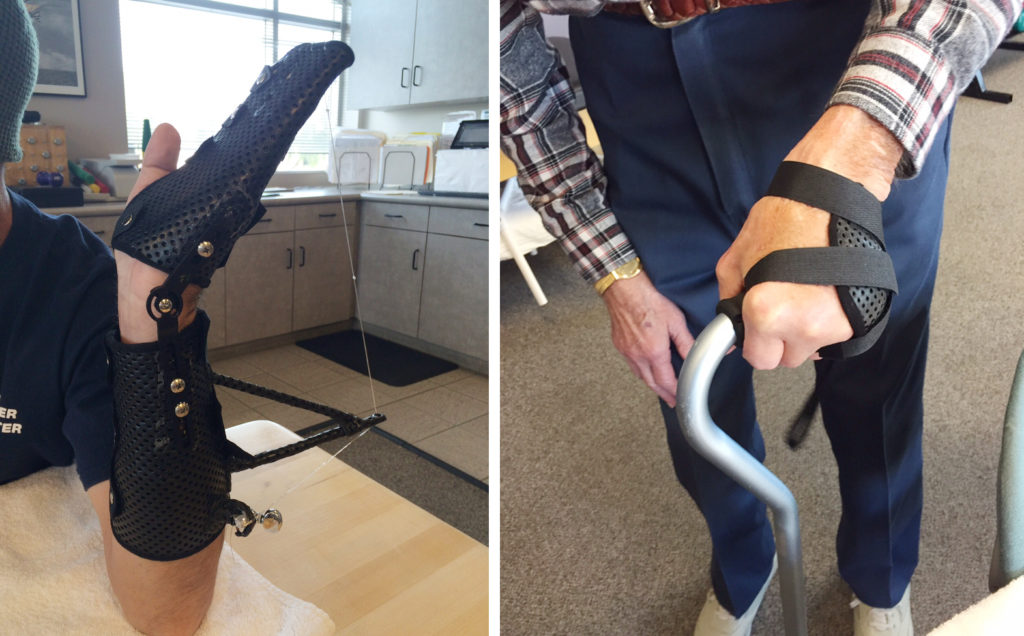
Q: What are the risks of ignoring the importance of not wearing a custom-made splint after an injury has happened?
If we’re dealing with specifically a tendon or a nerve repair of some sort, it could rupture the repair or gap the repair -that’s huge. It’s part of the protocol for healing. It’s protecting structures and recently repaired things. The other risk would be for conservative structures or things that could be used for comfort or pain. It would not really change their pain or not progress their therapy protocol overall. They could stay more plateaued with their goals, or they [would] not be able to progress as fast as they would like to if they’re more intermittent with their therapy schedule versus the schedule we recommend.
We also used splints for progression of mobility, so we’ll use some more dynamic components to do this where if we’re trying to get a finger to bend, we may add something to a custom splint to get it to slowly bend, so in that situation, if the person is not with their wear schedule, then again their goals would be really slow to come by and we may get to a point where we have a joint contracture, or we’re really struggling with our manual component of therapy because the splint is supposed to be an add-on to what we’re doing.
Q: What are some things you can do to protect or stabilize an injury after it has occurred before you can get to a clinic?
Typically, you can use things like popsicle sticks, if you need to, for finger fractures. They also have a thing called AlumaFoam, they have aluminum on the outside and blue foam on the inside. Some people just put their finger in that and just get where they need to go. Big bulky ACE wraps(elastic bandage), just wrap up the injury several times over. They could put a thick sock or sleeve on [over the injured arm] and then put a balled-up sock inside of the other to keep their arm open.
Obviously, there are OTC products are there as well. The emergency room will place people in something called Ortho-glass, it’s a fiberglass component on the inside and soft white foam on the outside. They put it under running water wring it out and when they lay it on the patient, it will harden into whatever position it is in. Note, that’s the temporary [solution] otherwise known as, “soft cast” or “half cast” which is usually the gold standard they’ll use, and then they’ll recommend you go to physical therapy as soon as possible.
In Conclusion:
In many cases, a custom-made splint is a great option for patients suffering from both overuse and acute, hand and wrist injuries. Certified Hand Therapy can develop an individualized hand therapy program with a suitable custom-made splint created for your comfort and recovery.


